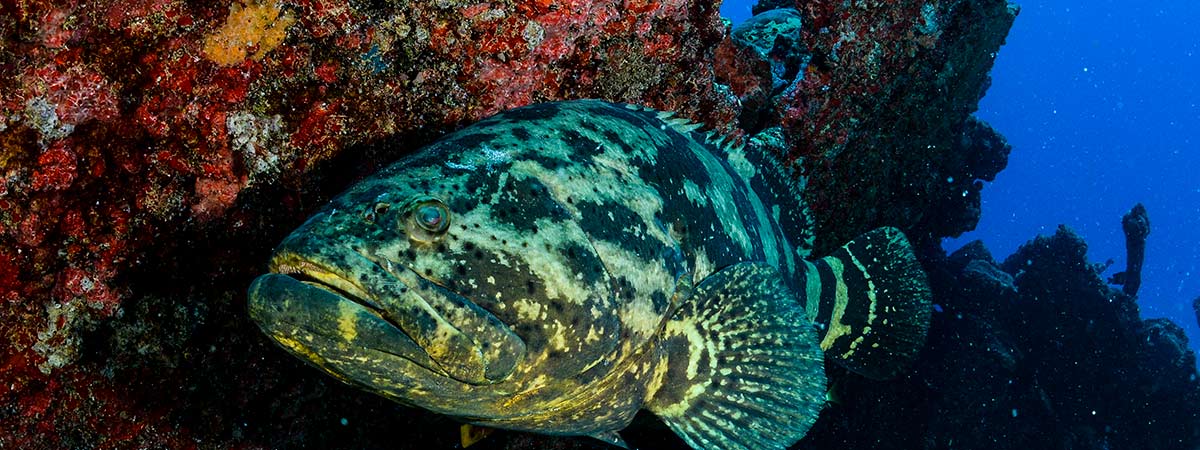The Indian River Lagoon provides a natural ecosystem to conduct experiments in the wild that complement laboratory-based experiments. This estuary where fresh and salt water mix to form brackish water, the lagoon stretches 156 miles from Ponce De Leon Inlet in Volusia County to Jupiter Inlet in Palm Beach County.
Approximately 700 different species of fish spend at least part of their life cycle in the lagoon. Many are commercially important, others play a vital role in terms of the ecology and complex food chains.
The seagrass beds, shoreline marshes and creeks serve as nursery habitats for many species, and SRI researchers explore the relationships between fish populations and their habitats,
Mosquito Impoundments
Most marsh habitats along the shore were turned into impoundments to control mosquitos. These marshes are also vital nursery habitats for many species of fish. SRI researches how they can be managed to prevent mosquitos and produce fish.
Seagrass Habitat
Decreased water clarity and quality reduce the seagrass meadows found in the IRL. These important nursery habitats provide food,oxygen and refuge for many species of fish.
Artificial Reefs
A series of large reefs were constructed by the Sebastian Inlet Sportfishing Association, and state and county agencies to provide habitat and enhance fish populations. SRI divers visit the reefs to examine fish abundance, diversity and ecology at the sites.
Mangroves
These trees live at or near the water’s edge in sheltered marine habitats like the IRL. Mangroves can tolerate very saline soil and grow with their roots submerged in water. Juvenile fish find an abundance of food to eat among the roots, while remaining protected from large predators

 Give to Florida Tech
Give to Florida Tech 